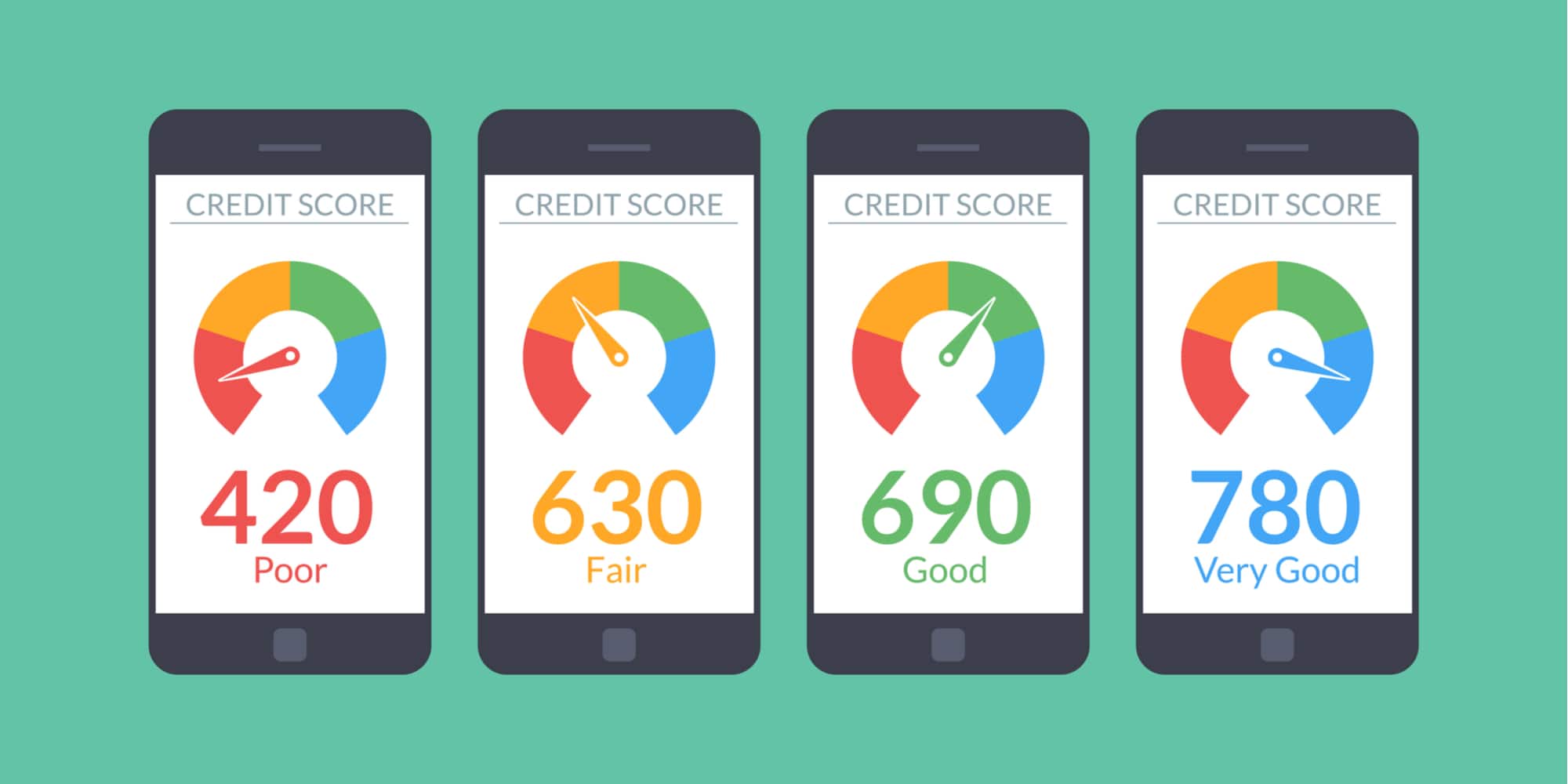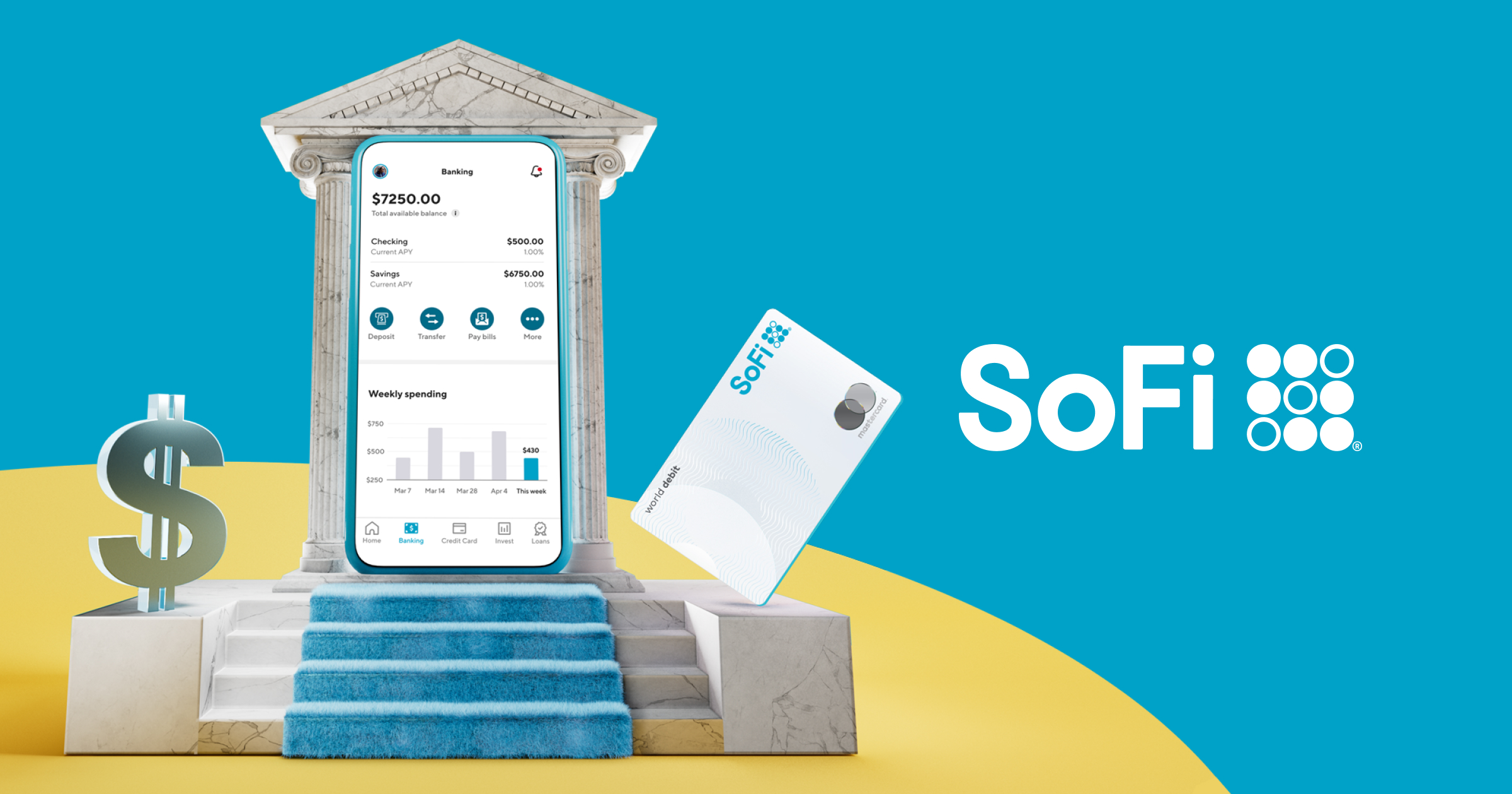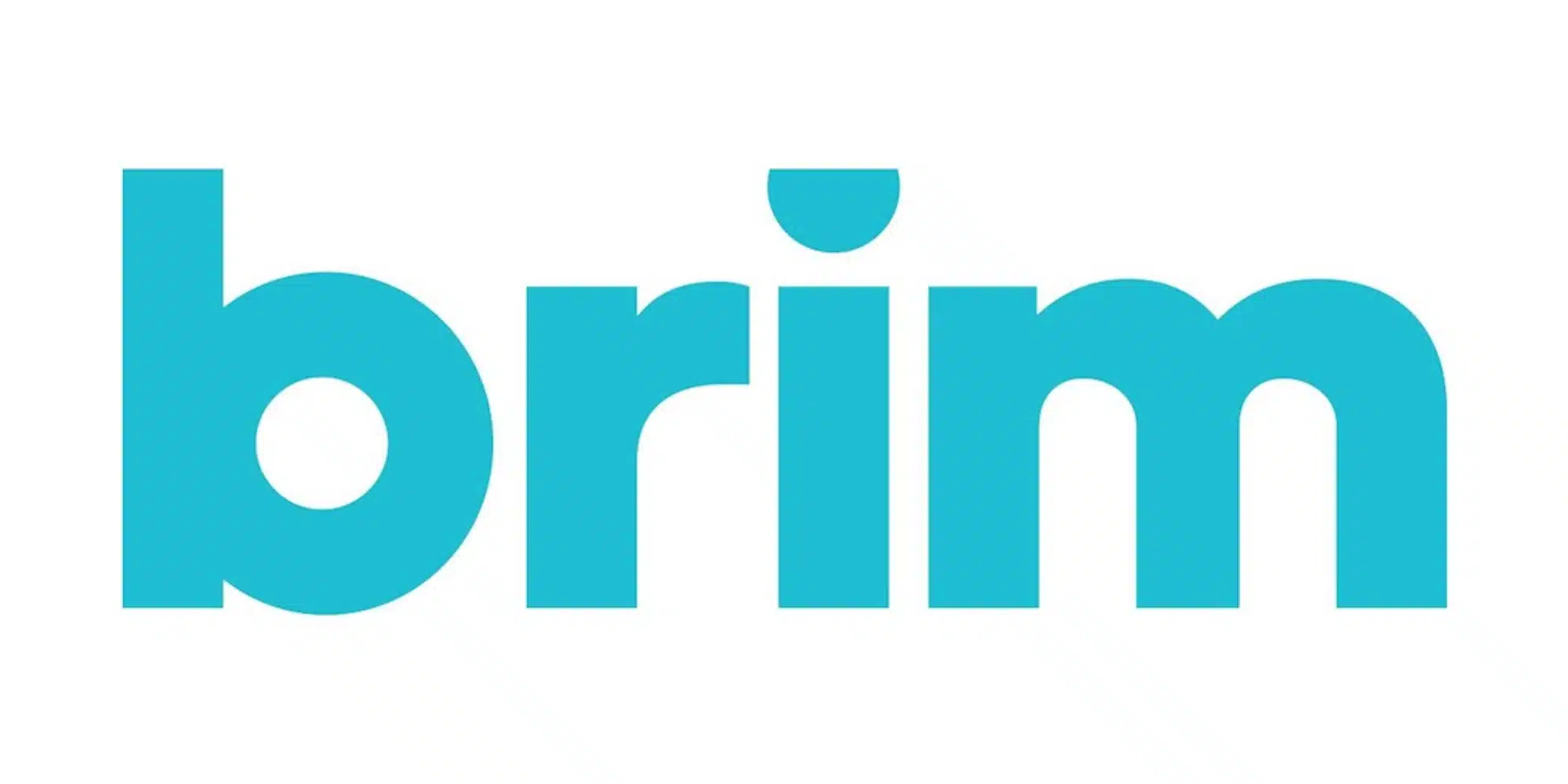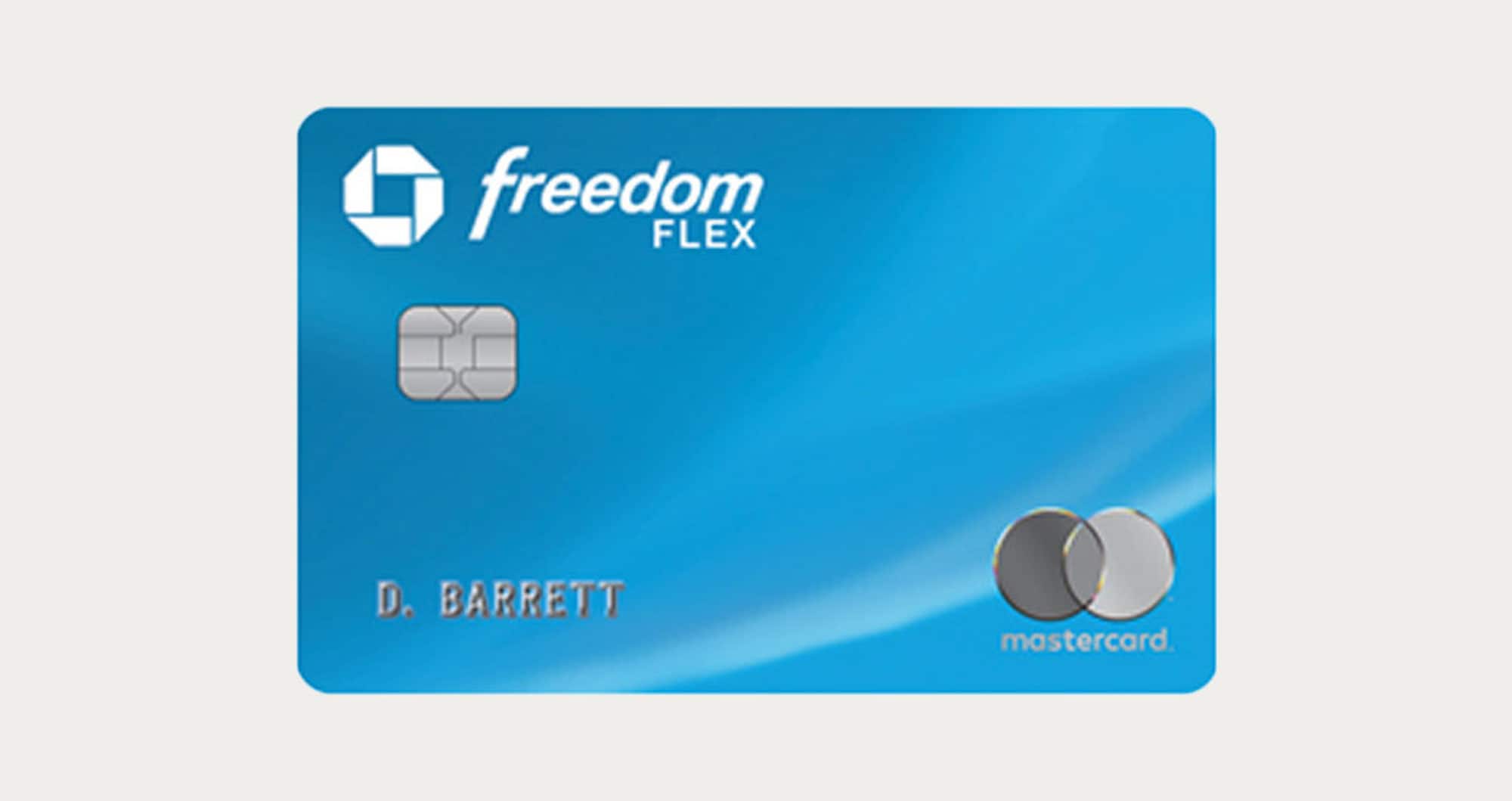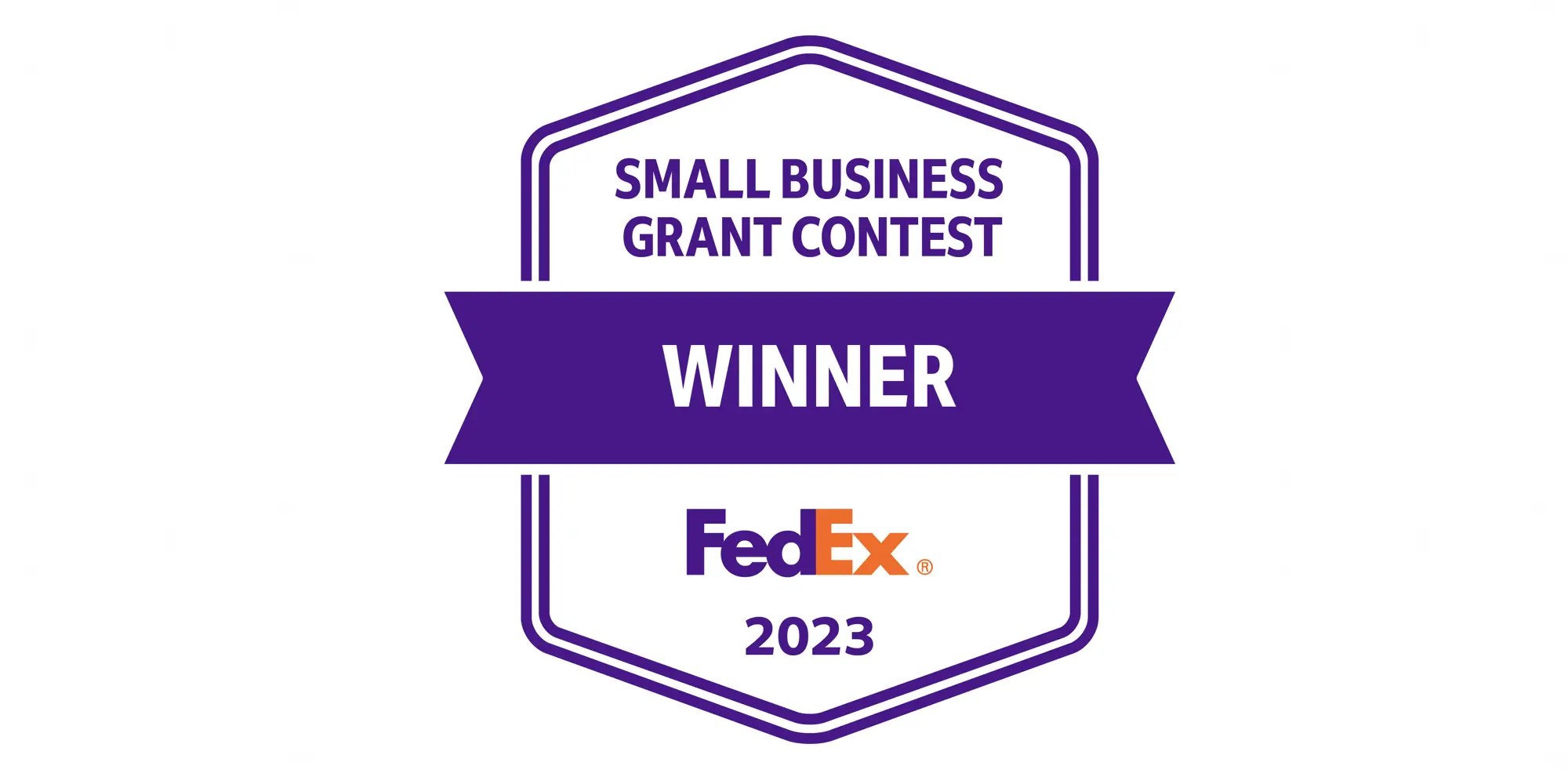
Checking Account Review
Money at 30: Betterment Checking and Cash Reserve Review
A couple of years ago, a number of FinTechs of all stripes went through a phase where they decided to launch high-yield savings accounts along with debit cards. Among those joining this trend was Betterment, which is mostly known for its roboadvisor platform. After hearing about these offerings for a while, I finally joined Betterment when they were offering a bonus through Rakuten. Sadly, those deals are currently no longer available, but the Checking and Cash Reserve accounts are.
So, what do Betterment Checking and Betterment Cash Reserve have to offer? Let’s take a look at what each of these accounts entail and whether they’re worth signing up for.

Signing Up for and Getting Started with Betterment Banking Accounts
While Betterment Checking and Betterment Cash Reserve are separate products, signing up for either starts in the same place: creating a Betterment account. To do this, you’ll first need to enter your email address, create a password, enter your legal name, and provide your phone number. You’ll also receive an email to verify the address. Once you have your basic account set up, then you can select which specific products — including Checking and Cash Reserve — you’d like to open.
With either of these accounts, you’ll need to provide additional personal information. This includes your address, birthdate, Social Security number, etc. You may also be asked for your employment info and income data as well as some other regulatory questions.
Something important to note is that, while Betterment does not charge fees for either its Checking or Cash Reserve accounts, it does charge a 0.25% annual fee for its investment products. This can make things a bit confusing when you’re signing up and when looking at some of the features offered (which we’ll discuss in a moment). Luckily, if you have any questions, you can contact Betterment using their chat function. However, as long as you’re only using Checking and Cash Reserve, you shouldn’t encounter fees.
Transferring funds
Regardless of which of these two account options you choose, you’ll also want to link an existing bank account in order to transfer funds. In some cases, you’ll be able to select your bank and log-in in order to link it. Yet, if your bank isn’t listed, you can manually enter the routing and account number to begin the linking process.
Oddly, I found that adding accounts was easier on the desktop than in the app. That’s because, on the website, you can search for other banks outside of the nine featured on the page. Meanwhile, this same search function doesn’t seem to be found in the app — allowing for log-ins only to those same nine banks. Instead, the “Other bank” button leads to the manual entry method. I’m not really sure why this is but I suppose the moral of the story is that, if you want to link a bank account other than Wells Fargo, Chase, Citi, B of A, and a few select others, you may want to try doing so via the website.
By the way, you can also transfer money internally between your Checking and Cash Reserve account. In my experience, this did happen instantly, but they do note that it could take some time to fully clear.
Betterment Checking
FDIC
Normally I wouldn’t make a point to highlight how the FDIC insurance for an account works in its own section but this is one way in which Betterment’s Checking and Cash Reserve accounts differ. For their checking account and debit card, Betterment partners with NBKC. As a result, funds deposited in your account are FDIC insured up to $250,000 per depositor.

ATM Reimbursement
One of the top perks boasted by Betterment Checking is that the service will reimburse any ATM fees you incur. This means that you can use your Betterment debit card to access money at any machine, accept the fee, and have your account credited for that amount.
I will say that, unlike other offerings I’ve used that feature (or featured) a similar perk, this reimbursement may not come instantly. In fact, in the app, Betterment advises that it could take “a few” business days for refunds to appear. However, in my experience, the credit did show up the day after the transaction. Still, this meant that my account balance was absent the $3.50 fee for a bit. Because of this, you’ll need to ensure that you have enough money in your account to cover your withdrawal and the fee until the reimbursement arrives.
Foreign transactions fees
Along similar lines as the perk above, Betterment notes that it also reimburses the 1% foreign transaction fees that Visa charges. The wording of this benefit is interesting to me and really makes me want to compare how much I end up spending on transactions using my Betterment debit compared to a regular “no foreign transition fee” card. Alas, given the current circumstances, I’m unable to put this experiment to the test. So, in the meantime, I’ll just need to trust that this reimbursement really does work.

Rewards
Another benefit of your Betterment debit card is the ability to earn cash back via special offers for select brands. In the app, you can tap the “Cash back earned” line of your account to find the “Browse offers” interface. From there, you can search or scroll current online and in-store deals, each offering a flat cash or percentage back amount.
When I first opened the Offers sections, I was immediately struck by how much it bore resemblance to the cashback app Dosh. Well, as it turns out, that’s no accident as Dosh indeed powers the deals featured here. That said, when comparing this platform to the main Dosh app, I did catch at least a couple of differences — namely that a current cashback deal for Starbucks was missing from Betterment. Yet, what surprised me the most was that Dosh actually allowed me to link my Betterment card in the app. Previously, when I did the same with my Venmo card (which also features offers powered by Dosh), I was informed that it wasn’t possible. This really makes me wonder if the Betterment card is ripe with double-dipping opportunity… but, once again, I was unable to give this a shot for myself.
In any case, this is another nice feature to have included with your debit card. While not every offer is sure to appeal to everyone, there does seem to be a nice variety. Therefore, I’d make sure you give this section a look on a regular-ish basis.
Mobile check deposit
Lastly, like other digital banking services, Betterment Checking does offer the ability to deposit checks on your phone. The catch is that you’ll need to unlock this feature by meeting certain requirements. Specifically, the app notes that customers must have received direct deposits totaling $500 or more in the past month and have their account open for at least 30 days in order to access mobile check deposits.
I don’t quite understand why you need to have direct deposits in order to use mobile check deposits. After all, if your checks are being directly deposited, there’s less of a chance you’d need to deposit additional paper checks. Perhaps that’s the entire point and they don’t really want customers using this feature. Ultimately, while I don’t necessarily need this feature, I’m still a little annoyed that these restrictions exist.
Betterment Cash Reserve
FDIC
As I mentioned in the Checking section, the FDIC insurance between the two products is noticeably different. In the case of the Cash Reserve account, it partners with multiple banks to insure funds. The result is that funds deposited into these accounts are FDIC insured up to $1 million.
APY
Unlike your Checking account, which doesn’t earn any interest, funds in your Cash Reserve account do. Specifically, the current APY for this offering is 0.30%. While that’s not highest figure available, it is still markedly better than most big banks. Additionally, once rates do recover, I suspect that this APY will increase as well.
Auto deposit
Since you can essentially think of Cash Reserve as a savings account, it may make sense to arrange regular transfers to your account. With that in mind, you can easily set up Auto-Deposit. To get started, just select where you want funds to transfer from (either your Betterment Checking or an external account), how often you want transfers to occur (monthly, twice a month, every other week, or weekly), and what date/day of the week you want them to occur.
If you’re curious what the difference between “twice a month” and “every other week” is, the answer is that “twice a month” allows you to select two dates during a month to make transfers. For example, a common setup may be the 1st and the 15th but you could also do the 7th and the 18th or really any other combination you want. Meanwhile, if you select the “every other week” option, you’ll also choose a day of the week for transfers to occur instead of choosing specific dates.

Setting goals
In my view, the most interesting aspect of Betterment’s Cash Reserve account is the goal-setting feature. When you choose to add a goal, you’ll see a few options — including investing for long-term goals or retirement. For the purposes of this post, we’ll stick with the “Save cash and earn interest” ones.
When setting up a cash goal, you’ll first get to select a name for it. Then, you can also enter how much you need to reach your target goal and when you’d like to achieve this goal. You can further customize your goal but selecting an icon to go with it or even upload your own image.
Now we come to the somewhat tricky part. Before clicking “create this goal,” you’ll see “how your funds will be invested.” By default, this should say “Betterment cash,” meaning that your funds will simply be held in your Cash Reserve account and collect interest. However, you also have the option of selecting different portfolio options. As far as I can tell, selecting one of these portfolio options constitutes an investment account, which is then subject to Betterment’s 0.25% annual fee. In other words, I’d recommend navigating this section carefully.
Back to selecting goals that do stay in your Betterment Cash Reserve account, the platform will do the math for you and show you how much you’ll need to deposit each month in order to reach your goal in the stated time frame. Then, you can set up automated deposits and monitor your progress. Plus, in case it wasn’t clear, you’ll continue to earn APY on funds in your Cash Reserve goal sub-accounts.

Final Thoughts on Betterment Checking and Cash Reserve
Despite Betterment’s Checking and Cash Reserve products being separate and different in some notable ways, the two do work fairly well in tandem. However, between the two, I think that the Checking account is the safer bet. With reimbursed ATM and foreign transaction fees as well as built-in cash back offers, it’s a satisfying digital banking option. As for the Cash Reserve account, it falls victim to current interest rates dragging down the attractiveness of its APY. That said, the account’s savings goals feature and platform are interesting — and could grow even more intriguing if customers opt to invest their saved funds
To that point, I do think that Betterment does a smart job of using these accounts to lead customers to their other offerings. Of course, this comes with the drawback of confusion as it’s not always super obvious when you’re venturing into “paid service” territory — more so with the Cash Reserve account. Therefore, if you’re worried about this, I’d be sure to just stick with the basic Checking and Cash Reserve features and stay away from anything involving investing.
Overall, I’ve enjoyed my time exploring both of these Betterment accounts and think that both options have their benefits. So, if either or both accounts sound interesting to you, I think it’s worth opening a Betterment account and taking a closer look at each for yourself.

